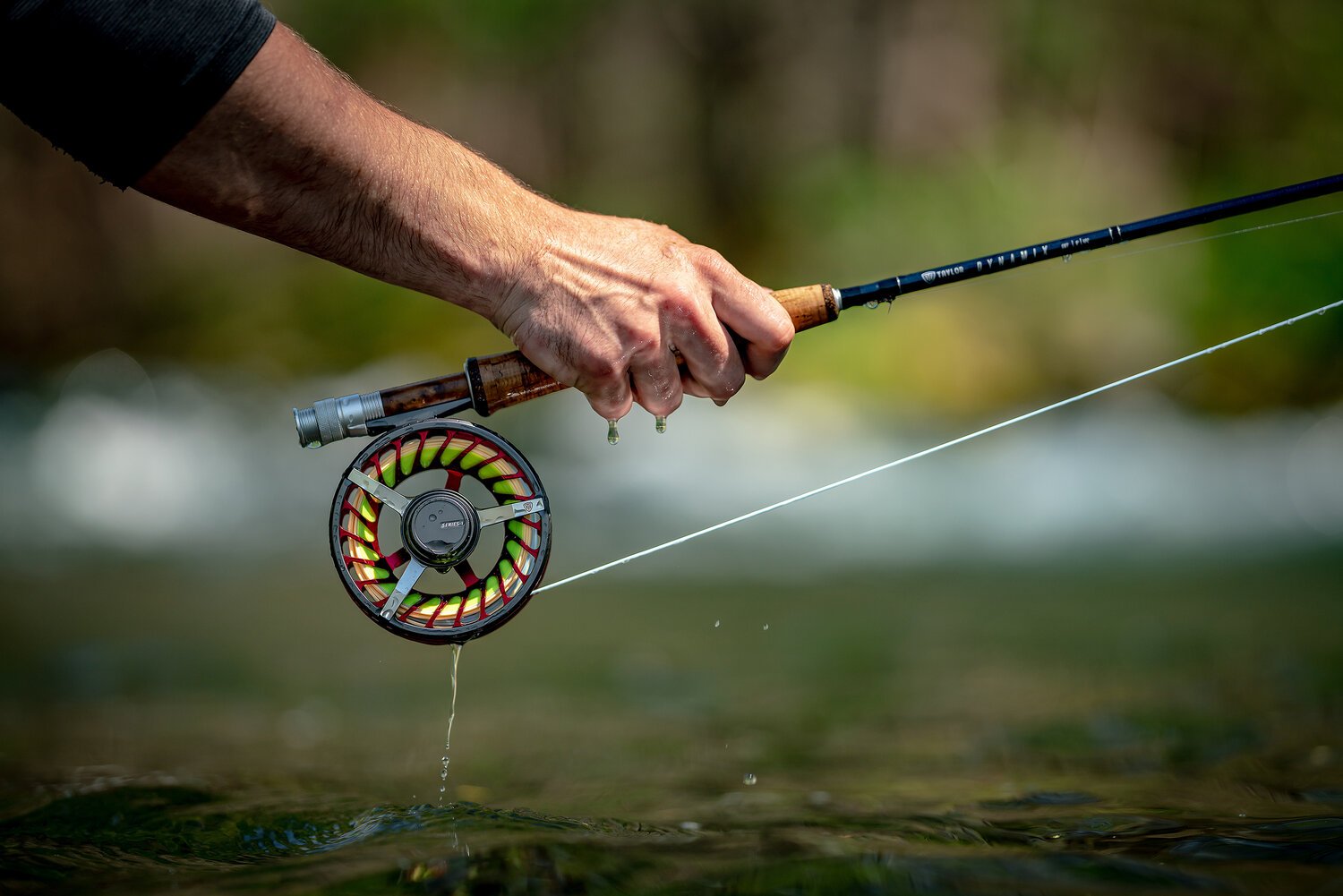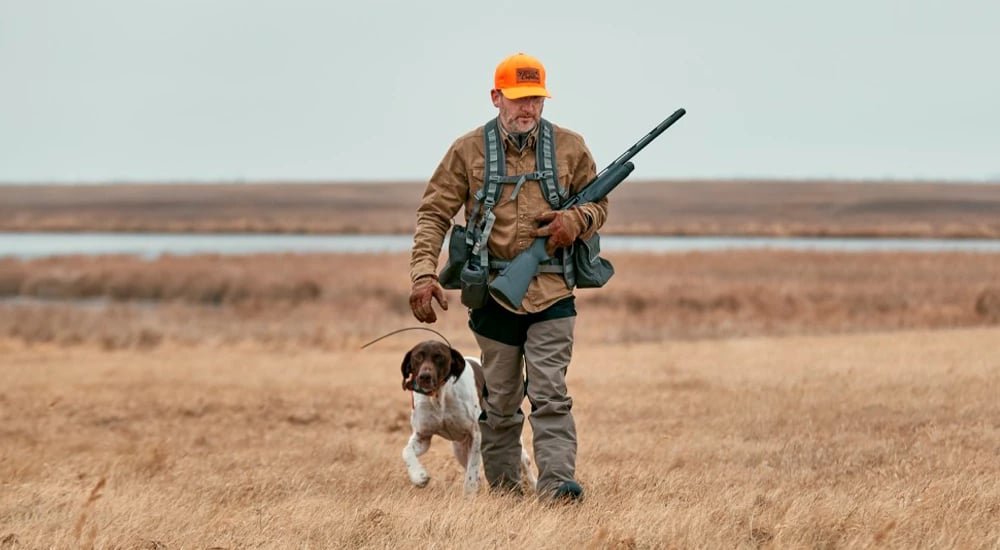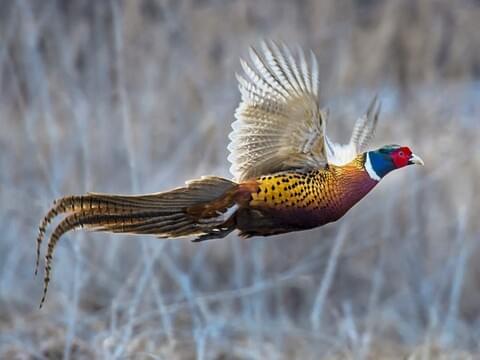
What weight fly rod for trout?
Choosing the right fly rod can be intricate yet crucial to your success and enjoyment as an angler.
Jul 2, 2024 | by N Johansson

Picture this: You’ve been eagerly awaiting your first pheasant hunting trip, meticulously researching every detail to ensure you're ready. The excitement peaks as you step into the field, but you quickly realize your gear isn't suited to the conditions. You’re either shivering, sweating, or struggling with discomfort, detracting from your focus and enjoyment.
Ill-preparedness can transform a promising hunt into a frustrating ordeal, a scenario not unfamiliar to experienced hunters either. But this doesn’t have to be your fate. The right gear can make all the difference, shielding you from the elements, boosting your mobility, and maximizing comfort so you can concentrate on the hunt itself. Whether you're a novice looking to gear up for the first time or a seasoned hunter needing an update, this comprehensive guide will prepare you for a successful pheasant hunting adventure and ensure that discomfort never sidelines your hunting experience again.
Layering is the bedrock of any effective hunting wardrobe, providing the adaptability needed for varying weather conditions and physical exertion levels.
Base Layer: Prioritize moisture-wicking fabrics like merino wool or polyester. These materials keep sweat off your skin. Smartwool and Icebreaker are excellent brands to consider.
Middle Layer: This is your insulation layer—think fleece or down garments that trap body heat. Patagonia and The North Face offer reliable options for this layer.
Outer Layer: Your outer layer needs to be waterproof and breathable, capable of protecting you from wind, rain, and snow. Consider jackets made from Gore-Tex materials, such as those from Arc'teryx or Columbia.
Effective layering is all about flexibility—add or remove layers as needed to maintain optimum comfort and mobility.
Camouflage is crucial for blending into your surroundings and outsmarting pheasants' keen eyesight.
Camouflage Patterns: Select patterns that match your hunting environment, whether it's dense woods, open fields, or marshy areas. Realtree and Mossy Oak offer versatile patterns suited for different terrains.
Blaze Orange: Safety is non-negotiable. Many states mandate blaze orange for visibility. Essentials include a blaze orange hat, vest, or jacket. Brands like Browning and Under Armour provide high-quality safety gear.
Visual aids showing different camouflage patterns can assist in selecting the right one for your specific environment.
Proper footwear is critical, given the varied terrains you'll traverse during pheasant hunting.
Boot Types: Match your boots to the terrain. Lightweight walking boots are ideal for fields, whereas waterproof, insulated boots are better for marshes and colder weather conditions. Reliable brands include Danner and Irish Setter.
Seasonal Recommendations: During early fall, lighter, breathable boots are sufficient. As temperatures drop, opt for insulated and waterproof footwear.
Breaking in new boots before your hunt is essential to avoid blisters and discomfort.
Weather can drastically impact your hunting experience. Dressing appropriately ensures you remain comfortable and focused.
Cold Weather: Layer with thermal base layers, insulated jackets, and waterproof outerwear.
Wet Conditions: Waterproof gear, including rain jackets, pants, and boots, is a must.
Windy Days: Windproof outer layers can keep you warm and focused.

Accessories can significantly enhance your hunting experience and efficiency.
Gloves: Insulated gloves keep your hands warm and protected. Consider options from Sitka or Orvis.
Hats: A warm hat for cold weather and a wide-brimmed hat for sunny days are both valuable additions.
Vests: Hunting vests with ample pockets are great for storing shells and other necessities.
Shell Holders: Easy access to ammunition is vital; shell holders from companies like Allen are practical additions.
Experienced hunters often have specific accessories they rely on—these “hidden gems” can make a significant difference in the field.
Different terrains and hunting techniques require specific gear adjustments.
Terrain: Open fields call for lightweight, breathable clothing, whereas dense woods might necessitate sturdier, more durable materials.
Hunting Techniques: Hunting styles, such as flushing and using dogs, may require additional gear like whistles, leashes, and dog training collars.
Illustrations or maps showing different terrains and tailored gear can enhance practical understanding.
Geographical and Regulatory Considerations
Your hunting location can influence your gear choices due to regional climates and regulations.
Location-Specific Needs: Mountainous areas may require heavier insulation, while coastal regions may need more waterproof gear.
Regulations: Always check local laws for required hunting attire, particularly concerning blaze orange visibility.
Providing links to regulation resources can help hunters stay compliant and safe.
High-quality hunting gear doesn’t have to break the bank.
Budget Options: Frogg Toggs and Magellan offer affordable, reliable gear.
Mid-Range: Columbia and Cabela’s strike a good balance between cost and quality.
Premium: For top-tier gear, consider brands like Sitka, Filson, and Orvis.
Highlighting the cost vs. benefits of each brand can help align choices with your budget while ensuring quality.
Practical Insights: Experienced hunters often swear by gear that has proven itself over countless hunts. For instance, many favor wool socks for their warmth and moisture-wicking properties.

Choosing the right fly rod can be intricate yet crucial to your success and enjoyment as an angler.
Equipping yourself with the right gear is vital for a successful and enjoyable pheasant hunting experience. From layering techniques to selecting appropriate camouflage patterns and essential accessories, every piece of gear plays a role. Always consider the terrain, weather, and local regulations when choosing your gear.
Ready to gear up for your next hunt? Share your experiences or questions in the comments below, and explore related resources to further plan your adventure!
This revised draft incorporates practical advice and real-world scenarios to enhance preparedness and success in the field, aligning with the common pitfalls hunters might encounter.